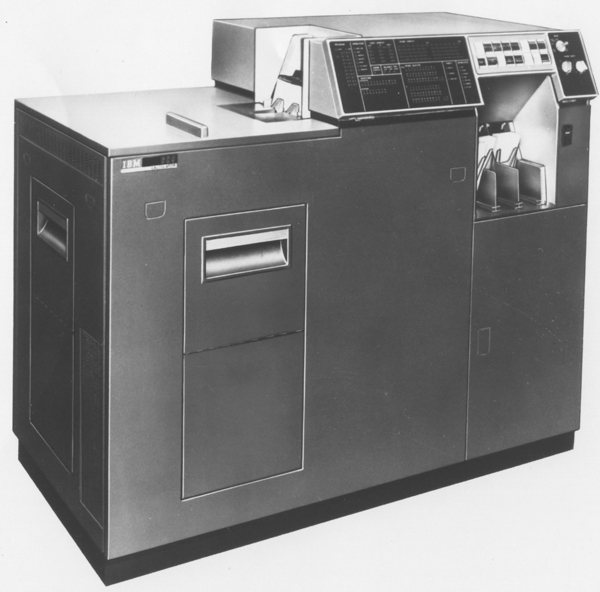The IBM 609 Calculator


| 604 | 609 | |
| Calculations of miles of highway per hour: | 3/5 | 24 |
| Number of Card Passes Required: | 28 | 1 |
| Number of Control Panels Required: | 28 | 2 |
The 609 was designed entirely by one person, L. Roy Harper, who had it on the market within 14 months of its conception. Its purpose was to retire the huge installed base of the 12-year-old 604. It was apparently rather popular in Europe.
Aside from increased speed, program steps, and memory capacity over the earlier 60x models, the 609 featured built-in error checking: "All input, calculated, and output information is tested for error conditions. Every data transfer and arithmetic operation is parity checked. The 609 Calculator uses a unique type of matrix-analysis adder which includes the the 'checking bit' in its arithmetic operation. Consequently, it should not be necessary, as in previous 600 series unit record calculators, to recalculate results for checking, although the 609 retains this recalculating ability. Thus, the time formerly devoted to recalculating in a program can now be used to increase the amount of calculation performed on a card in one pass through the machine. By means of control panel wiring, detected errors can be selected into separate pockets, or the machine can be stopped."
Sources: Assorted IBM circulars, pamphlets, and news releases, 1960, from the IBM Archive.
Onsite Links: